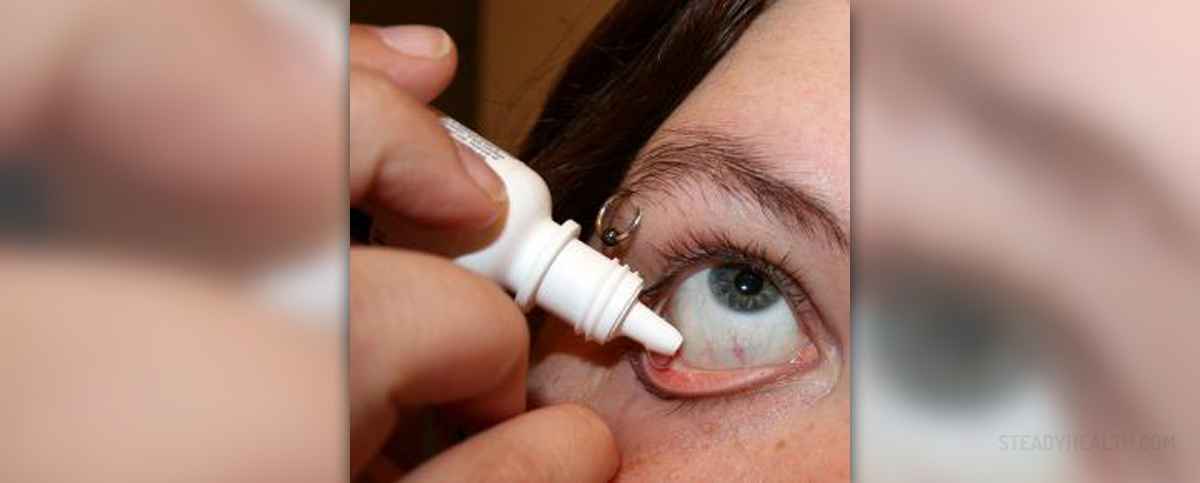
Clogged Tear Duct
Clogged or blocked tear duct is a medical condition which features with inappropriate drainage of tears. The tears normally drain through tear draining system into to the middle nasal passage. However, in clogged tear duct the drainage is impossible because the draining system is completely blocked. This leads to specific problems reflecting in watery an irritated eyes.
The blockage may affect newborn babies where the blockage withdraws spontaneously within certain period of time. It can also affect adults and in this case it is most commonly a consequence of certain underlying eye conditions.
Symptoms of Clogged Tear Duct
The leading symptom includes watery eyes. The very blockage of the tear duct can also result in recurrent eye inflammation and infections. In these patients apart from watery eyes there are numerous symptoms of inflammation and infections. They include swelling of the eye lids, mucous discharge, problems with vision, hypersensitivity to light and sometimes even the presence of blood in tears.
Causes of Clogged Tear Duct
A variety of causes leads to blockage of the tear duct. This medical condition may be congenital. It can also be acquired. In the second case the blockage may be caused by age-related changes, certain eye infections, injuries of this particular facial area, tumors and finally formation of cysts or stones inside the tear duct.
Additionally, this medical condition is possible in people who are suffering from glaucoma and are under permanent therapy with topical medications. These topical medications may eventually lead to the blockage. And finally, tear duck blockage can be a side effect of other medications such as docetaxel.
Treatment for Clogged Tear Duct
Basically, the treatment depends on the actual cause of blockage. Patients can be treated either conservatively or surgically.
In congenital blockage the condition withdraws on its own. The parents are advised to massage the duct since this can improve the drainage of tears. The cause in congenital blockage is a membrane inside the nasolacrimal canal which does not allow the drainage of the tears. The massage will accelerate its perforation.
If the injury is a cause of the blockage there is no treatment since the nasolacrimal canal will restore its function spontaneously a few months after the injury.
In some patients minimally invasive treatment is applied. It may include dilatation, probing and irrigation. This technique is applied in congenital blockage. Balloon catheter dilatation is performed in blockage caused by scarring or inflammation. It is effective in many acquired conditions. Stenting or intubation is more invasive procedure in which special tubes are placed into the tear duct and left there for several months. This procedure carries a risk of infections.
Surgery is the most efficient treatment modality. There are several surgical approaches and the goal of each of them is re-establishment of the passage through the tear duct.


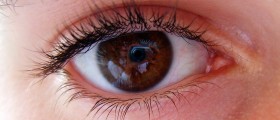
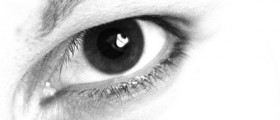




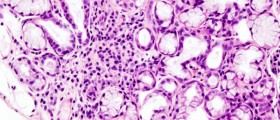
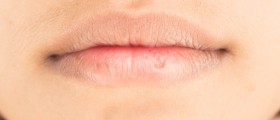
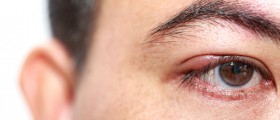
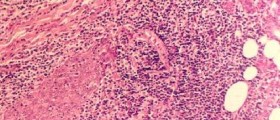




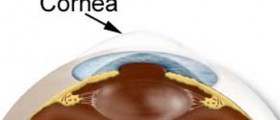
Your thoughts on this
Loading...